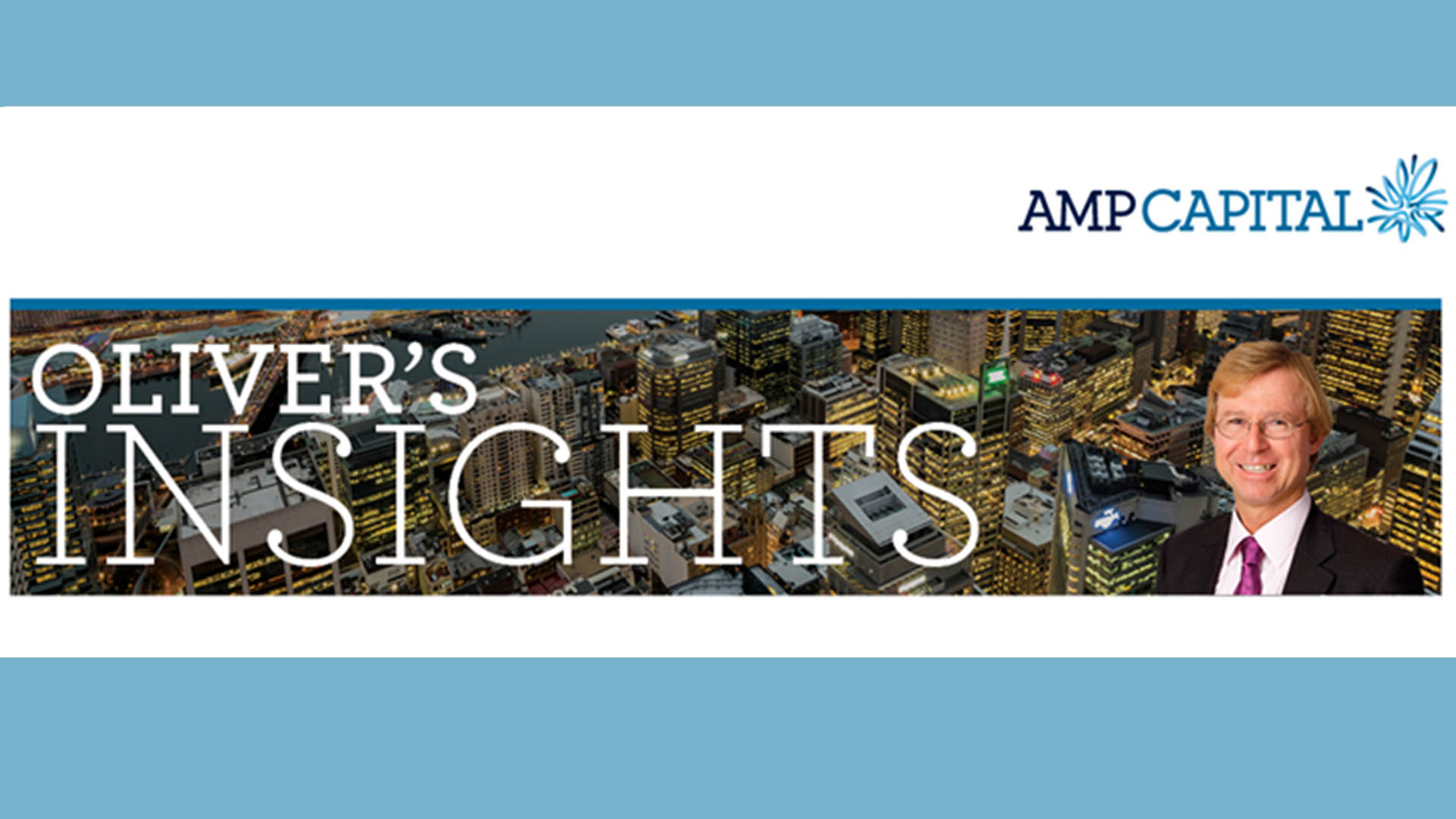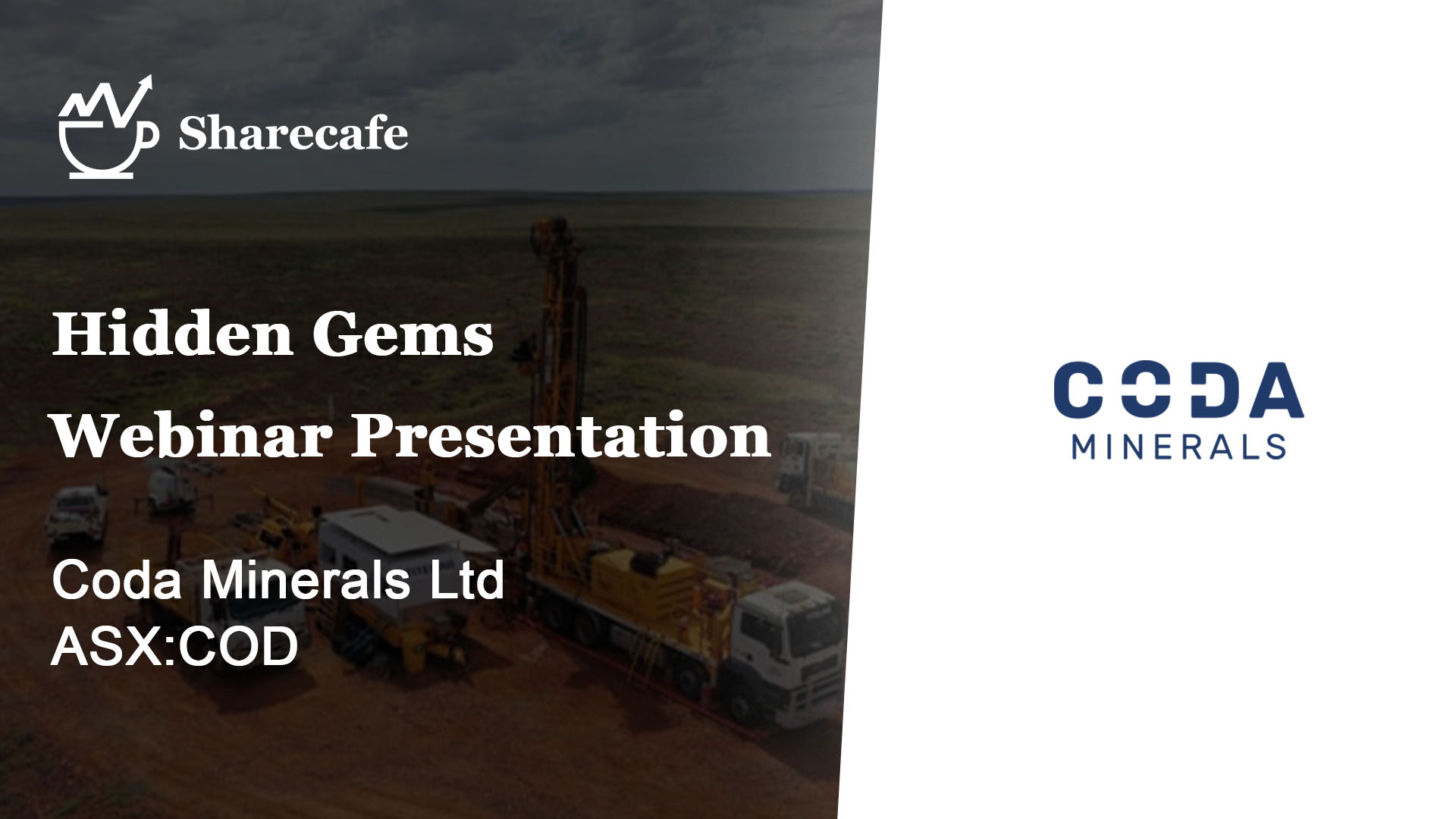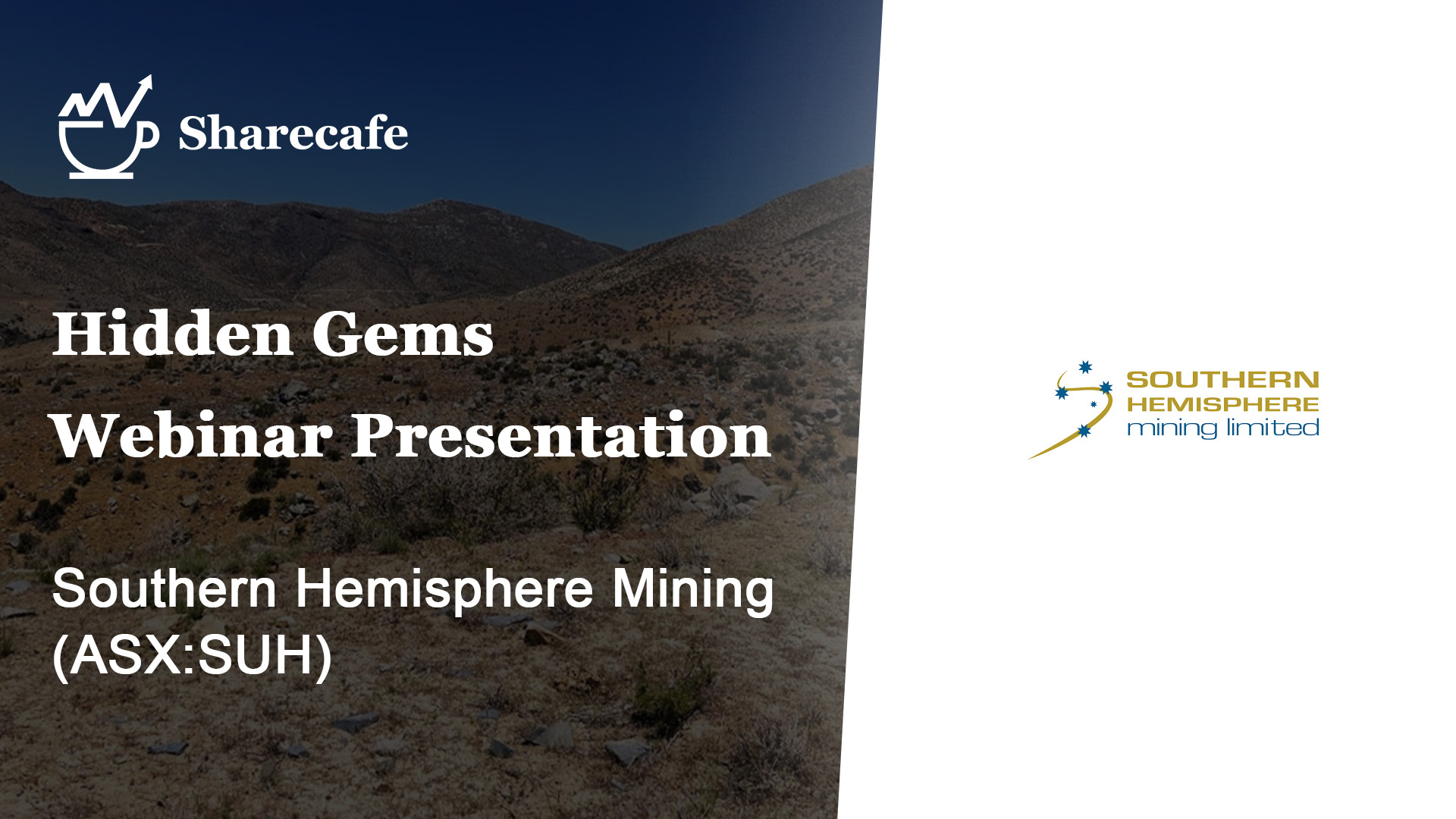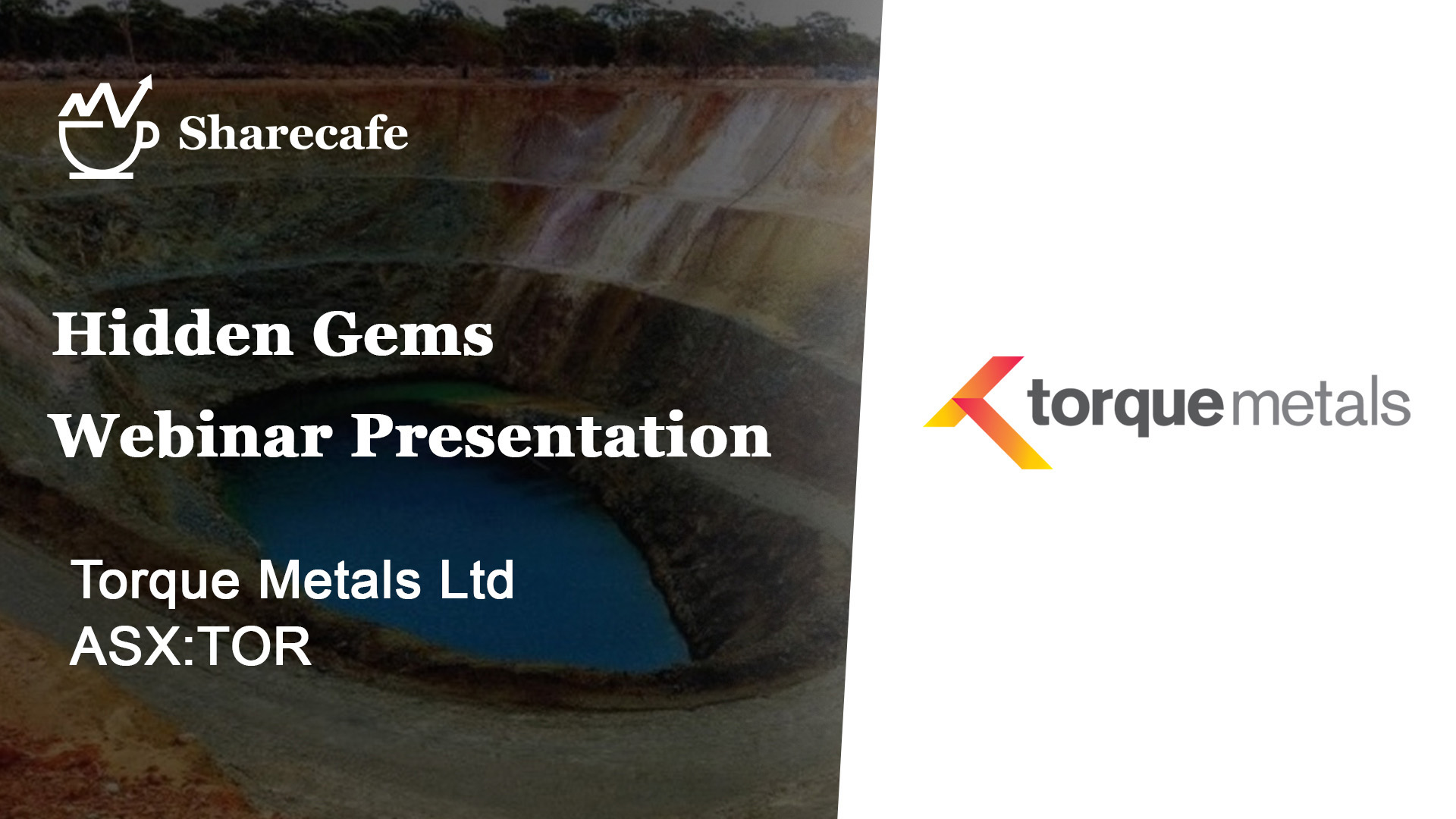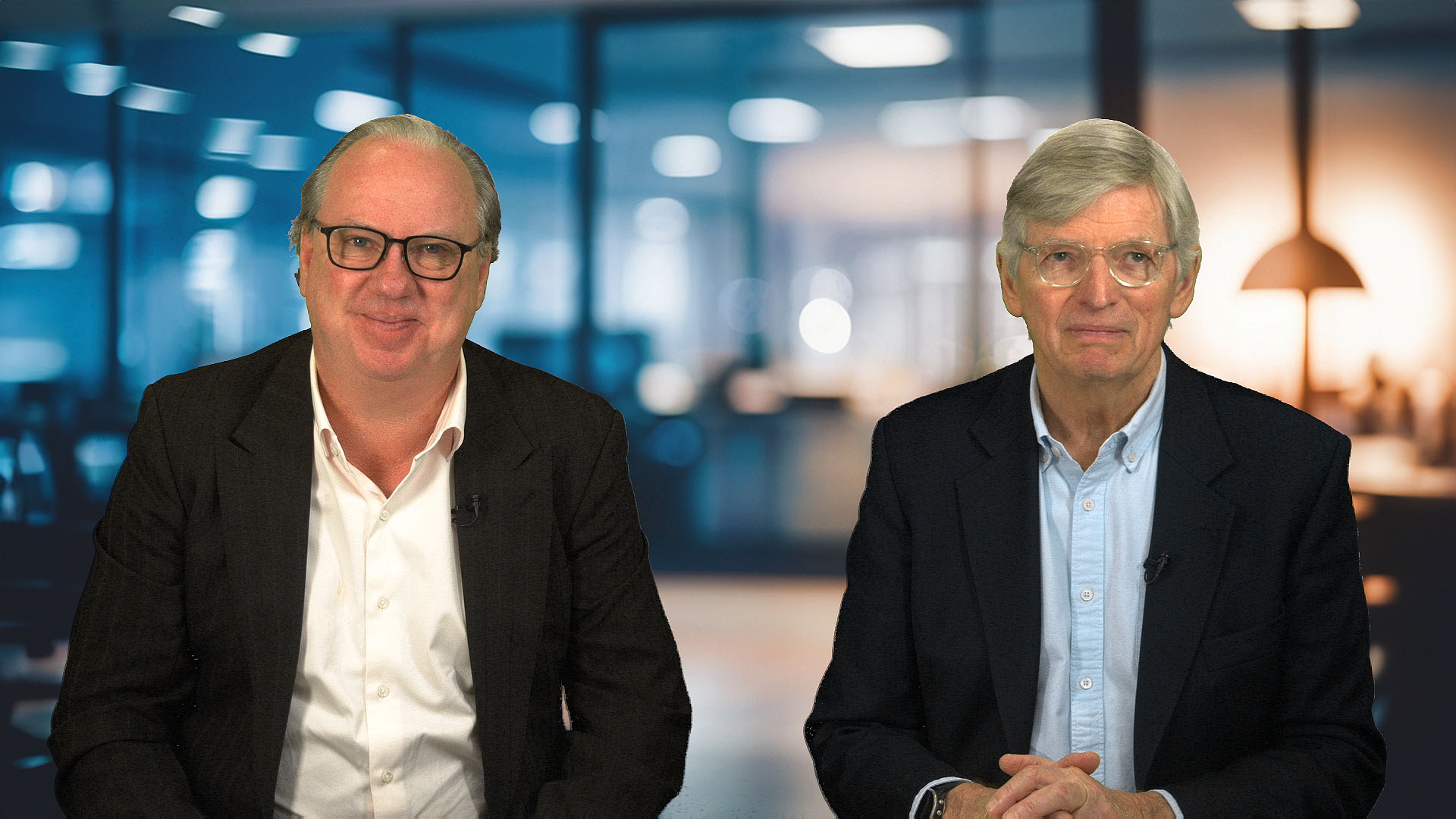Shaw and Partners Chief Investment Office Martin Crabb discusses strategies for investing in the current volatile market conditions.
Martin Crabb: Thanks very much Paul, and welcome everyone to today's Hidden Gems webinar. Shaw and Partners are a very proud sponsor of the ShareCafe Hidden Gems seminars, and I've been appearing on this for quite a number of years now, and I really enjoy having a chat.
So, I'm going to try and make sense of the markets in about eight or nine minutes, which is always challenging. And as we go to where there are unreported accounts or unauthorised accounts that there's been an airstrike on Iran potentially by Israel. So, the markets are quite volatile as we speak, and this plays to, I suppose, some of the concerns we have about markets at the moment, some of the conversations we've been having with clients. So, really just wanted to set the scene for today's speakers, but really with a broader sort of macro and investment positioning context. So, when we're looking at advising clients about their portfolio, I suppose we need to have a sense of which way the wind is blowing from an asset allocation perspective and whether it's time to be taking risk or whether it's a time to be preserving capital.
And so the major facets we look at to determine that are growth, financial conditions, central bank positioning and valuation. And that sort of steers us towards whether we should be leaning into growth assets or leaning away, but, increasingly, going forward, we see our role as managing risk, particularly around what could go wrong. So, what we try to do is have a probability assessment of how we think the market's going to behave, and then we assign probabilities to what might go wrong and then how do we protect portfolios, or how do we mitigate risk in portfolios based on that view.
So, right now I would say there's probably a 65 or 70 per cent probability of a soft landing. What we're seeing is a deceleration in inflation pressure. We're seeing a pickup in global growth. The composite leading indicators that are published by the OECD, amongst others, are showing that economic activity is starting to recover. The manufacturing sector, in particular, is starting to pick up. And measures of things like global trade, labour mobility, travel, immigration are all moving back towards their pre-COVID levels. And, as that happens, obviously there's growth in the economy.
So we're seeing that, we're seeing a positive backdrop from fiscal spending. Obviously, it's a big election year. It's probably the biggest election year in world history, with over 50 per cent of the world's population voting. You've got Indian elections kind of imminently, obviously the US elections in November. A number of other regions, Europe, UK, South Africa. Other countries are having elections this year as well. Tend to see a bit of government spending in election years. So, that's kind of providing a pretty strong backdrop to growth as well.
So, growth looks good. Not off-to-the-races growth, but certainly improving.
Secondly, financial conditions. Interest rates have come down in some countries. Mexico, Switzerland have dropped their official cash rates. We will see more central banks do that. The pace at which they do that has obviously been changing. We were probably expecting six or seven rate cuts by the Fed this year, at the start of the year. That's probably now looking more like one or two. In fact, some commentators are even saying we might see a hike. So, definitely shifting on that, but rates will continue to come down. What we have seen come down a lot is corporate borrowing costs. So, high yield bonds were trading at a 6 per cent premium to safe bonds, that's now down to about 3 per cent. So, the spread for high yield corporates has halved, and that's a good sign because companies now know that their borrowing costs are not going to go up, so they can start to invest with a bit more comfort. They can also start to enter into mergers and acquisitions activity. And we have seen that pick up, particularly in Australia, where we've seen Altium (ASX:ALU), Alumina (ASX:AWC), Boral (ASX:BLD), CSR (ASX:CSR), a number of takeovers in the Australian market. So, that's just a sign again that financial conditions are loosening, growth's improving. People are feeling a little bit better about themselves on the corporate side. So, that's a really good setup for equities.
As I mentioned, the third thing, just central bank positioning. Clearly, we're approaching an equilibrium in the labour market. Wage pressures starting to come out, particularly in the US. Inflation is coming down, albeit slowly, towards the 2 per cent target. So, we do feel that the central banks have done most of the heavy lifting on monetary policy, and the next move is to loosen that back towards neutral, which we'll see as the year progresses.
The only thing… So, they're three green traffic lights, if you like, we've got all three. We're sitting on the grid at Albert Park in Melbourne at the Grand Prix, and we've got three traffic lights. We'd normally hit the gas pretty hard. The caveat to there is just valuation. The market has run pretty hard since October. We've seen 20 per cent move in Aussie shares, 30 in US shares and probably 40 per cent in Japanese shares. So, there's been some big moves in the market to take advantage of those improving conditions. So, the market as a whole, particularly the large cap end, has got pretty fully valued. So, we've tempered our overweight to equities with that valuation and moved back to neutral.
So, the message really to investors is just buying the market will probably yield relatively mediocre returns relative to what you've seen. You need to work harder. So, a combination of small companies, active management and being nimble, I suppose, are probably how we're positioning portfolios. So, just in terms of small companies, they are much cheaper than large companies, much cheaper than historically they are. So, the last time that small companies were this cheap relative to large companies was during the tech boom. And the narrative's a little bit similar. Back during the tech boom in the late 90s, a handful of companies were expected to rule the internet, and everyone else was going to be left behind. So, large companies traded at a 40 per cent premium to smalls. That number's quite similar today. It's about 30, 35 per cent premium. Again, the view is that a handful of companies are going to rule the world, the Mag 7, and everyone else has been left behind. So, there's definitely much more value in small- and mid-cap companies, and that's where we are looking for investment opportunities.
The second thing really is just around active management. And, again, this probably ties in a little bit to the small cap, large cap in that just buying the index and just buying the larger companies in the index and sitting pat, which is what an index fund does, has yielded you pretty good returns because of that large-cap performance. Going forward, that's going to be harder. So, we're encouraging people to move away from passive investments, move towards active investments where you're hiring someone to do the research for you. So, whether that's global equities, or small caps, or large-cap Aussie equities, encouraging people to get over paying a little bit of a fee and having someone help actively manage your portfolio.
So, there's some ideas. As I said, the concern we have right now is just to reflationary environment, which is a throwback to the 1970s. There was two oil crisis in the 1970s. The second one kicked off a massive amount of inflation at the end of the 1970s when the Iraq-Iran war took place and the Iranian revolution took place. So, we're looking at the Middle East as potentially a source of another spike in energy prices. We're hoping it doesn't happen, but it does look like the situation in the Middle East is going to get worse. And then obviously we've got the situation in Ukraine and Russia still being in the background as well.
So, we are hedging portfolios with gold and energy and also looking at some commodities which are starting to pick up. And I think we've got a golden and copper presenter today. So there are a couple of commodities that we like. So, we're hedging portfolios with gold and energy and also looking for companies that are participating in the energy transition or the zero emission transition path, and looking at copper in that space as well.
So, there's some ideas to help mitigate what is a pretty tricky investment environment. I'll put it back to you now, Paul. Thank you.
Paul Sanger: Thanks, Martin. And let's just kick off. I've seen the news. There are unconfirmed reports that there has been a strike in Iran. The futures have dropped 1 per cent, oil's obviously spiked. Two obvious reactions that you would expect. To that point, Martin, and sorry to put you on the spot here, but what in your view happens if there is sort of a full-blown war between Iran and Israel. The markets are going to have a bit of a shock with that, no?
Martin Crabb: Yeah, it's the last thing you want to happen right now, because obviously America could potentially be dragged in to support Israel even though they're trying to moderate Netanyahu's response. So, the markets will sell off. It's obviously a risk event. It's difficult to see how it pans out. There will be a premium put on both energy and gold, and so they're the two areas of the market. If we have a reflationary environment again, Paul, where the price of energy kicks off another round of inflation, then it'll be back to 2022 again. So, the things that worked well in 2022 were companies with pricing power, so things like Transurban (ASX:TCL) and APA (ASX:APL), and also gold and energy. So that's how we're positioning our portfolios. We hope it doesn't happen, but if it does happen, we want to have some things in the portfolio that are going to work.
Paul Sanger: It's probably worth bringing this up, Martin. I think earlier this week the Bank of America unveiled its latest Global Fund Manager Survey. This indicated a surge in investor bullishness towards equities that we haven't seen since I think January 2022. The survey also revealed that a growing number of investors anticipate global growth to accelerate over the next 12 months, making the first such sentiment shifts since December '21. And then, additionally, investors expressed heightened optimism regarding profit outlook, meeting the most positive sentiment since August 2021. That said, the FMS cash levels are now around the 4.2 per cent mark, moving ever closer to the contrarian 4 per cent sales signal for equities. What are your thoughts on this? And it sounds like you've already reacted to it from what you discussed earlier.
Martin Crabb: Yeah, and that comes back to the three green traffic lights I spoke about, Paul. You've got growth financial conditions and central bank positioning all favourable for investors. And typically when that happens, you do very, very well out of the share market. So, I understand the bullishness that a lot of my colleagues in funds management companies are sharing, but it's just that valuation piece and also this geopolitical risk that is probably not part of that narrative, and I think it should be. I think it's great to be optimistic and have a positive outlook for earnings, etc. But if you're trading on 20-plus times earnings, which is what the US market is, arguably a lot of that is baked in. So, we just need to temper our enthusiasm about the macro outlook with how much we're paying for stocks, and again, looking for value, looking for undervalued, or underappreciated companies like the ones presenting today, Paul, is what it's all about.
Paul Sanger: Martin, always a pleasure. Great to have you on and hear your insights. And thanks for answering that question on the spot. You have a great weekend.
Martin Crabb: Thank you.
Ends





